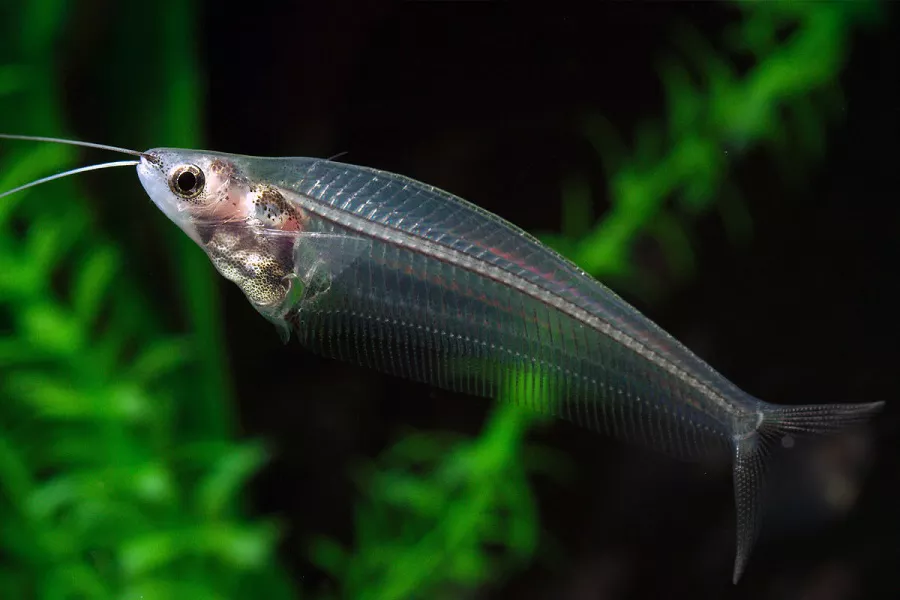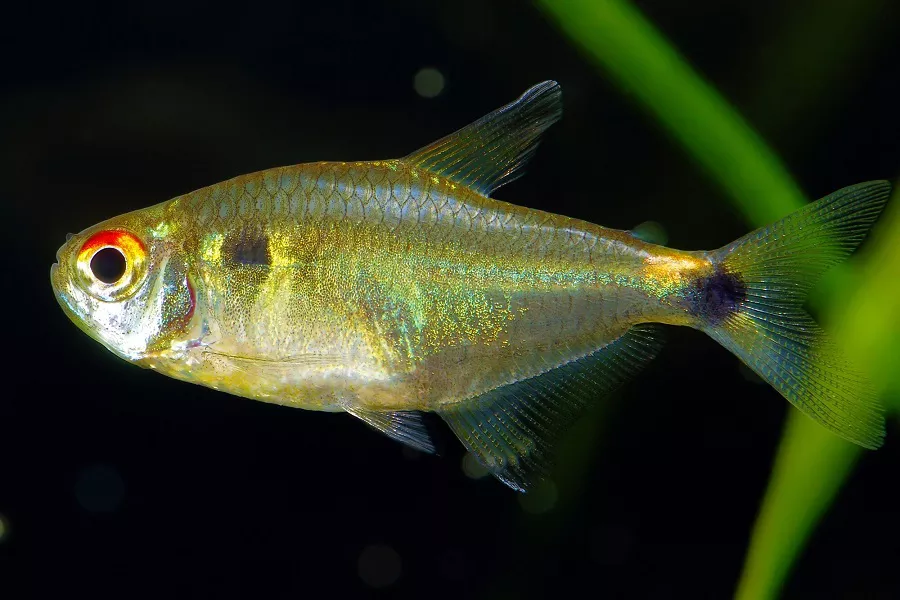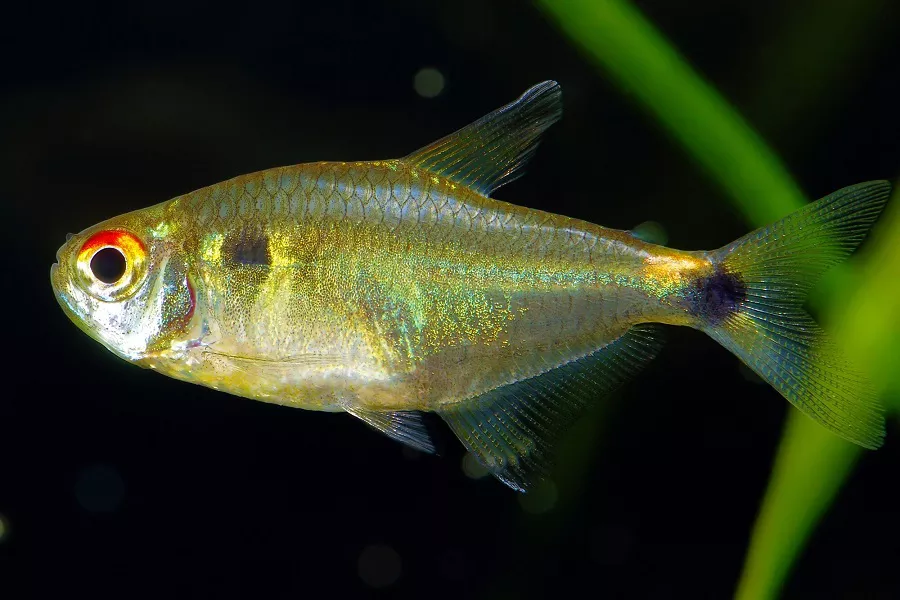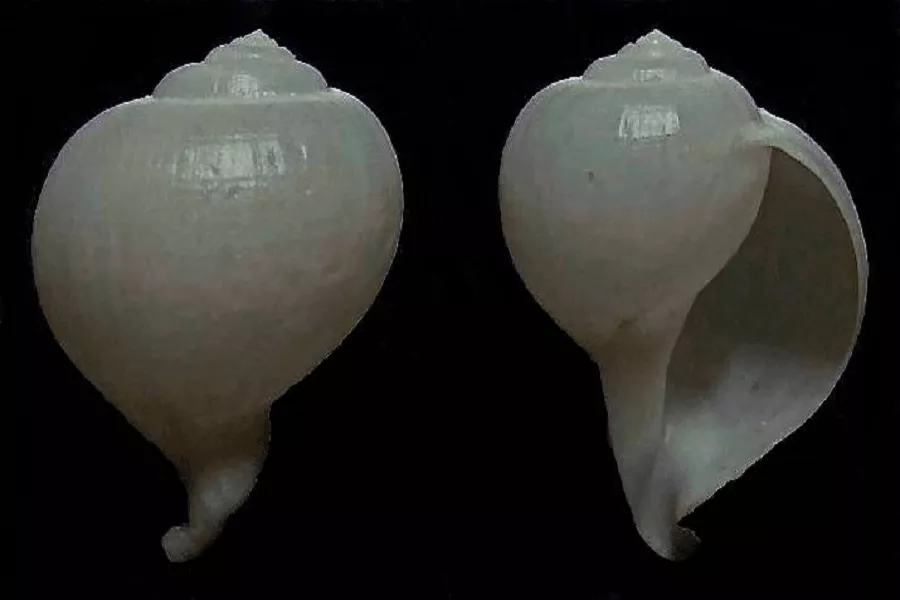What is ghost catfish?
Ghost catfish, Kryptopterus bicirrhis (Valenciennes, 1840), a species of fish belonging to the genus Kryptopterus. The name comes from the transparent body and two long whisker-like tentacles that grow in the mouth.
What does ghost catfish look like?
The ghost catfish is 10-12 cm long and looks like a willow leaf. The head and snout are pointed, and there are 2 long tentacles on the mouth, which often stretch forward or rotate freely to detect water currents, enemy conditions, obstacles and assist in foraging. The chest and abdomen are very short, and the head, chest and abdomen only account for 1/4 of the total length.
The caudal peduncle is very short, and the caudal fin is forked. The dorsal fin is degenerated, the base of the rump and anal fins are very long, and the front and rear fin rays are of equal width. The whole body is transparent, and the spine, spines, fin rays and internal organs are clearly visible. The color is pale green like jade, like a high-grade jade carving craft.
ghost catfish living habits
Ghost catfish likes weakly acidic soft water and old water, and the optimum water temperature is 22-28°C. It has strict requirements on water quality and water temperature. Pay attention to the water quality added during feeding to meet the requirements. Use old water that has been air-treated for 11 to 15 days, and do not need chemical reagents to dechlorine once a small amount of exchange, and the water temperature of the exchanged water is the same. It is often active in the middle of the water, and its tail droops when swimming. Not choosing food, love to eat live food, such as fish, worms, nematodes, etc.
ghost catfish rearing
The purpose of feeding broodstock is to obtain high-quality fertilized eggs. There are two kinds of feed for feeding broodstock, active feed and compound feed. The protein of compound feed should be more than 40%, crude fat more than 3.5%, moisture less than 4%, calcium 0.9%-1.6%, phosphorus 0.8%-1.4% , and add an appropriate amount of substances that have an effect on the development of the gonads, such as ve, va, vd, trace elements zinc, etc., and feed 1 to 2 times a day. During the breeding season, 2 to 3 times a week can be added to feed cladocerans, copepods, Artemia or small fish and shrimp that have been scalded and ground in boiling water.


























